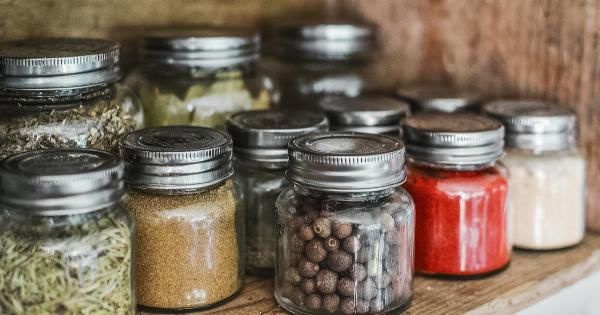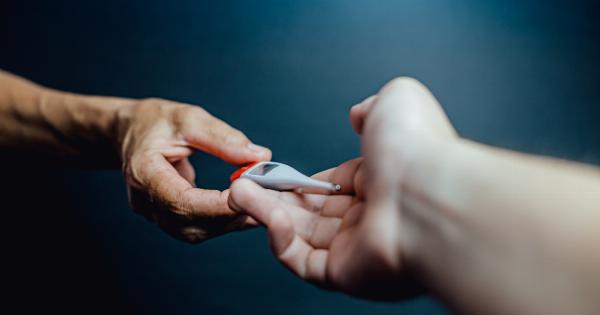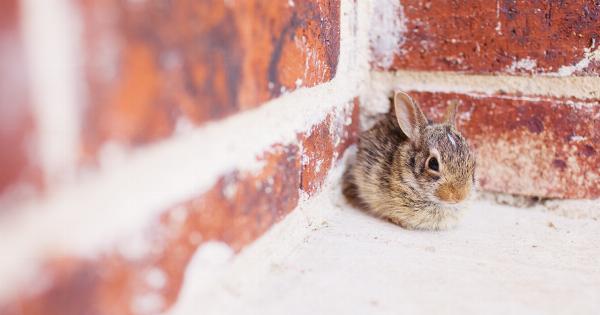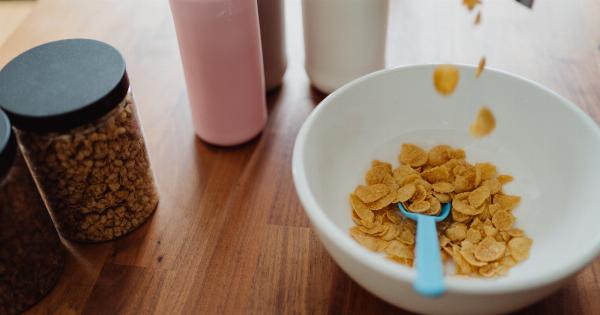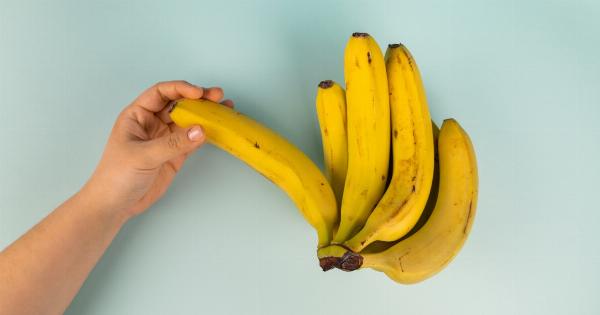Are you constantly brushing tiny white flakes off your shoulders? Do you find yourself scratching your scalp more often than not? If so, you might be dealing with dandruff.
Dandruff, also known as seborrheic dermatitis, is a common scalp condition that affects millions of people worldwide. In this article, we will explore the causes and treatments for dandruff, providing you with the lowdown on this pesky issue.
What is Dandruff?
Dandruff is a chronic scalp condition characterized by the shedding of dead skin cells in the form of white flakes. It is usually accompanied by an itchy or irritated scalp.
While dandruff is harmless and not contagious, it can be embarrassing and uncomfortable for those who experience it.
Causes of Dandruff
Several factors contribute to the development of dandruff. Understanding these causes can help you manage and prevent dandruff effectively.
1. Sebum Overproduction
Sebum is an oily substance produced by the sebaceous glands in the scalp. When the sebaceous glands produce an excessive amount of sebum, it can lead to an oily scalp, providing an ideal environment for the proliferation of the yeast called Malassezia.
This yeast is known to contribute to dandruff development.
2. Malassezia Yeast
Malassezia is a type of fungus naturally found on the scalp. However, an overgrowth of this yeast can cause irritation and inflammation, leading to dandruff.
Certain factors, such as stress, hormonal changes, and a weakened immune system, can stimulate Malassezia overgrowth.
3. Sensitivity to Hair Care Products
Some individuals may be sensitive to certain hair care products, such as shampoos, conditioners, or styling products. Ingredients like sulfates and parabens can cause scalp irritation and trigger dandruff in susceptible individuals.
4. Dry Scalp
Contrary to popular belief, dandruff is not solely caused by a dry scalp. However, dryness can exacerbate the flaking and itching associated with dandruff.
Insufficient moisture can make the scalp more prone to irritation and further trigger dandruff symptoms.
Effective Treatments for Dandruff
While dandruff cannot be completely cured, there are several treatments available to control its symptoms and minimize its manifestation.
1. Anti-Dandruff Shampoos
Using an anti-dandruff shampoo is the first line of defense against dandruff. Look for shampoos containing active ingredients like pyrithione zinc, ketoconazole, selenium sulfide, or salicylic acid.
These ingredients work by reducing the yeast population on the scalp, thereby alleviating dandruff symptoms.
2. Regular Scalp Cleansing
Keeping your scalp clean is crucial in managing dandruff. Regularly shampooing your hair and massaging your scalp gently can help remove excess oil, dead skin cells, and product buildup.
However, be mindful not to over-wash, as it can lead to dryness and worsen your dandruff.
3. Moisturizing the Scalp
If you have a dry scalp, incorporating moisturizing treatments can provide relief. Natural oils like coconut oil, jojoba oil, or tea tree oil can help hydrate the scalp and reduce flaking.
Apply a few drops to the scalp, massage gently, and leave it on overnight before washing it off.
4. Limiting Styling Product Usage
Styling products like gels, hairsprays, and mousses can build up on the scalp, exacerbating dandruff symptoms. Try to limit the use of these products or opt for dandruff-friendly alternatives.
Look for products labeled “dandruff-proof” or “scalp-friendly.”.
Preventive Measures for Dandruff
While managing dandruff is important, taking preventive measures can significantly reduce its occurrence. Here are some tips to help keep dandruff at bay.
1. Practice Good Hygiene
Regularly washing your hair and scalp with a gentle shampoo helps maintain cleanliness and prevents the buildup of oil, dead skin cells, and product residue. Avoid using very hot water, as it can strip the scalp of essential oils.
2. Avoid Stress
Stress can wreak havoc on your overall health, including your scalp. Engage in stress-reducing activities such as exercise, meditation, or hobbies to keep stress levels in check and reduce the likelihood of dandruff flare-ups.
3. Eat a Balanced Diet
A well-balanced diet plays a significant role in maintaining scalp health. Ensure your diet includes an adequate amount of vitamins, minerals, and essential fatty acids.
Foods rich in omega-3 fatty acids, such as fatty fish, walnuts, and flaxseeds, have anti-inflammatory properties that can benefit the scalp.
4. Stay Hydrated
Drinking sufficient water helps keep your body hydrated, including your scalp. Proper hydration promotes optimal scalp health and reduces the likelihood of dryness and flaking.
Conclusion
Dandruff is a common scalp condition that can be a nuisance for many individuals. While it cannot be cured completely, understanding its causes and implementing appropriate treatments and preventive measures can help manage and minimize its impact.
By following good scalp hygiene, using anti-dandruff shampoos, moisturizing the scalp, and making lifestyle adjustments such as reducing stress and maintaining a balanced diet, you can effectively combat dandruff and enjoy a healthier scalp.






